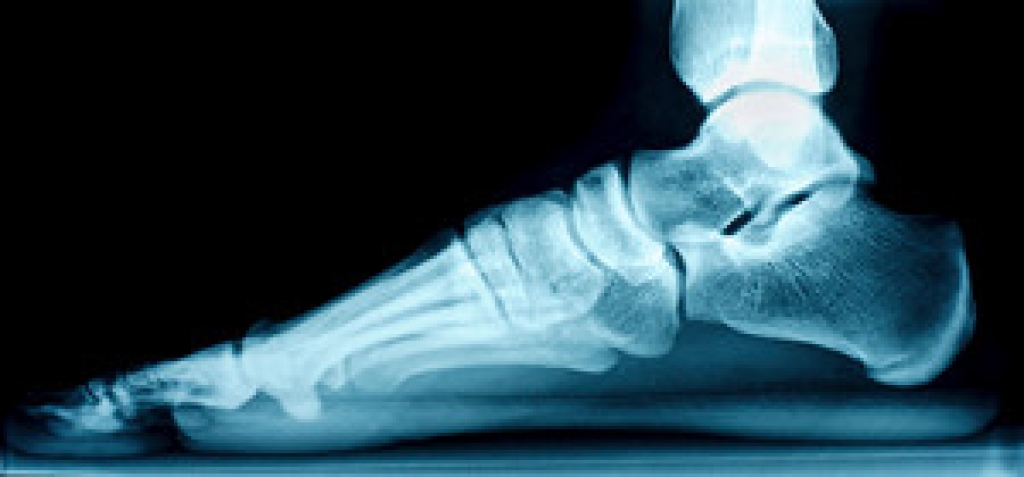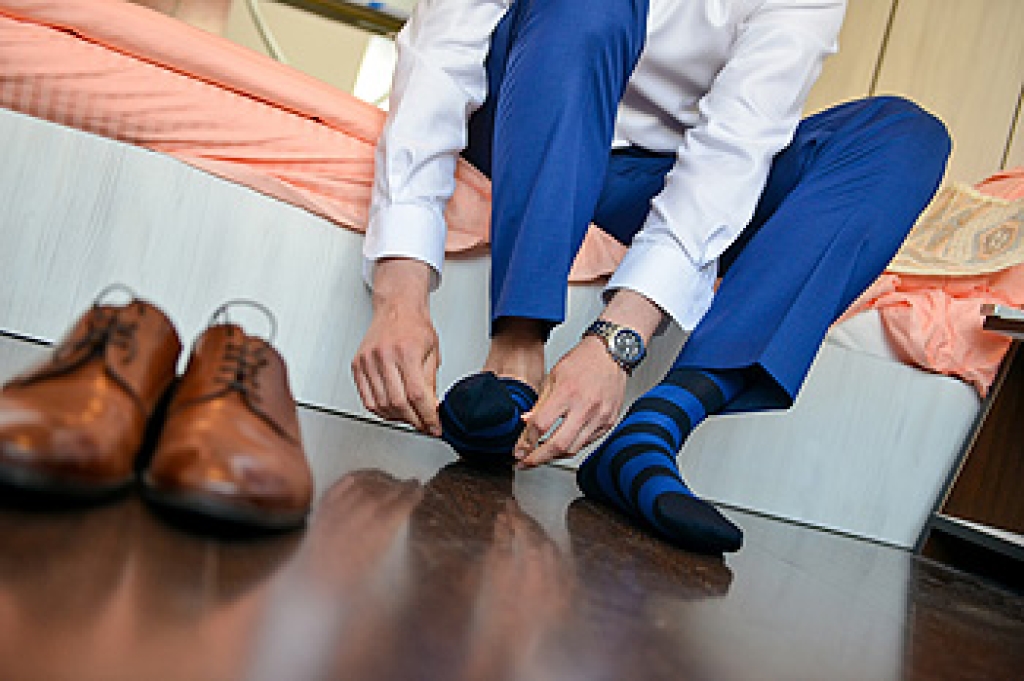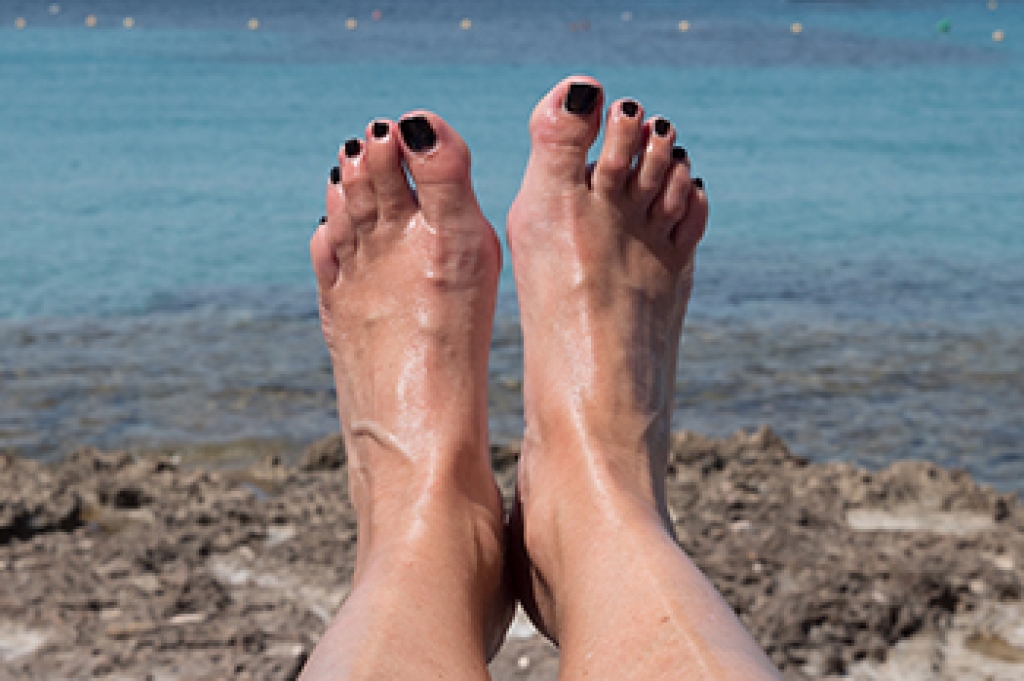
The pain and discomfort from having flat feet may vary from person to person. There are some patients who do not have pain at all with this condition, whereas there are patients who have difficulty in completing daily activities with flat feet. The majority of babies are born with flat feet, and the arch generally forms during the teenage years. For those people who approach adulthood with flat feet, there may be existing medical conditions that can cause it. These are generally hereditary, and can include Ehlers-Danlos Syndrome and Marfan Syndrome. A proper diagnosis consists of having CT and MRI tests performed, and it is beneficial to have an X-ray taken that can determine if there is arthritis in the feet. Relief may be found when custom-made orthotics are worn, which can make it easier to complete daily activities. If you have flat feet, it is suggested that you are under the care of a podiatrist who can properly fit you for orthotics, in addition to providing you with other helpful relief options.
Flatfoot is a condition many people suffer from. If you have flat feet, contact Dr. Castillo from Bronx Foot Care. Our doctor will treat your foot and ankle needs.
What Are Flat Feet?
Flatfoot is a condition in which the arch of the foot is depressed and the sole of the foot is almost completely in contact with the ground. About 20-30% of the population generally has flat feet because their arches never formed during growth.
Conditions & Problems:
Having flat feet makes it difficult to run or walk because of the stress placed on the ankles.
Alignment – The general alignment of your legs can be disrupted, because the ankles move inward which can cause major discomfort.
Knees – If you have complications with your knees, flat feet can be a contributor to arthritis in that area.
Symptoms
- Pain around the heel or arch area
- Trouble standing on the tip toe
- Swelling around the inside of the ankle
- Flat look to one or both feet
- Having your shoes feel uneven when worn
Treatment
If you are experiencing pain and stress on the foot you may weaken the posterior tibial tendon, which runs around the inside of the ankle.
If you have any questions please feel free to contact our offices located in Bronx, NY Yonkers, NY . We offer the newest diagnostic and treatment technologies for all your foot and ankle needs.




